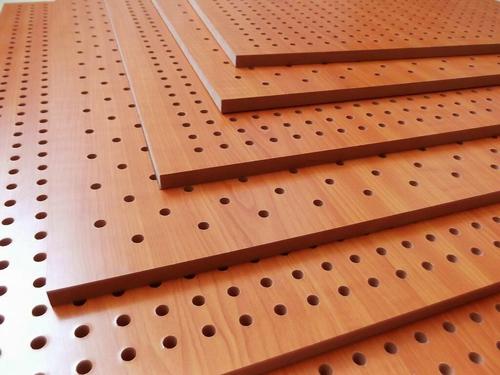In today’s world, noise pollution has become a significant concern, affecting our daily lives, productivity, and overall well-being. Whether it’s in offices, homes, recording studios, or public spaces, excessive noise can be distracting and even harmful. This is where sound absorbing panels come into play. But what exactly is the main function of sound-absorbing panels, and how do they work? In this article, we’ll explore the primary purpose of these panels, their benefits, and where they are commonly used.

The Main Function of Sound Absorbing Panels
The primary function of sound absorbing panels is to reduce noise levels by absorbing sound waves rather than reflecting them. When sound waves hit a hard surface, they tend to bounce back, creating echoes and reverberations. Sound-absorbing panels are designed to capture these sound waves and convert their energy into heat, effectively reducing the amount of noise in a room.
These panels are made from porous materials like foam, fiberglass, or acoustic fabric, which are excellent at trapping sound waves. By absorbing excess noise, they help create a quieter, more comfortable environment.
Key Benefits of Sound Absorbing Panels
- Noise Reduction: The most obvious benefit is the reduction of unwanted noise, making spaces more peaceful and conducive to concentration.
- Improved Acoustics: In spaces like recording studios, theaters, or conference rooms, sound-absorbing panels enhance sound quality by minimizing echoes and reverberations.
- Privacy Enhancement: In offices or healthcare facilities, these panels help maintain confidentiality by preventing sound from traveling between rooms.
- Aesthetic Appeal: Modern sound-absorbing panels come in various designs, colors, and textures, allowing them to blend seamlessly with interior decor.
- Stress Reduction: By lowering noise levels, these panels contribute to a calmer environment, reducing stress and improving overall well-being.
Where Are Sound Absorbing Panels Used?
Sound-absorbing panels are versatile and can be used in a wide range of settings, including:
- Offices: To reduce distractions and improve focus in open-plan workspaces.
- Recording Studios: To ensure clear audio quality by eliminating echoes.
- Home Theaters: To enhance the listening experience by controlling sound reflections.
- Schools and Libraries: To create quieter environments for learning and studying.
- Restaurants and Cafes: To reduce noise levels and improve customer comfort.
- Healthcare Facilities: To maintain patient privacy and reduce stress.
How Do Sound Absorbing Panels Work?
Sound-absorbing panels work by utilizing materials that have a high Noise Reduction Coefficient (NRC). These materials are designed to trap sound waves and dissipate their energy. When sound waves enter the porous surface of the panel, they cause the air molecules within the material to vibrate. This vibration generates heat, which effectively “absorbs” the sound energy.
The effectiveness of a sound-absorbing panel depends on factors like its thickness, material, and placement. For optimal results, panels should be strategically installed in areas where noise reflection is most problematic, such as walls, ceilings, or even freestanding partitions.
Conclusion
In summary, the main function of sound absorbing panels is to reduce noise levels by absorbing sound waves, thereby improving acoustics and creating a more comfortable environment. Whether you’re looking to enhance sound quality in a recording studio, reduce noise in an office, or simply create a quieter home, sound-absorbing panels are an effective solution. With their noise-reducing capabilities and aesthetic versatility, these panels are an essential tool in combating noise pollution and improving the quality of our spaces.
By understanding the benefits and applications of sound-absorbing panels, you can make informed decisions about how to optimize your environment for better sound control. If you’re considering installing sound-absorbing panels, consult with an acoustic expert to determine the best materials and placement for your specific needs.
Keywords: sound-absorbing panels, noise reduction, acoustics, soundproofing, noise control, echo reduction, sound absorption, acoustic panels, noise pollution, sound management.
By incorporating these keywords naturally throughout the article, this piece is optimized for SEO, helping it rank higher in search engine results and attract readers interested in soundproofing solutions.
